Frequently Asked Questions
Can I cook the lamb paupiette, belly, or shoulder at a higher temperature for a shorter time?
While it’s possible to cook lamb at a higher temperature, slow cooking at a low temperature (150°C or 300°F) ensures the meat becomes tender and juicy, especially for cuts like the lamb paupiette, rolled belly, and shoulder. If cooked too quickly at a high temperature, these cuts may become tough or dry, as they require time to break down the connective tissue and fat for the best texture. If you're short on time, consider increasing the temperature towards the end for a crisp exterior, but it’s always best to follow the suggested slow cooking method for optimal results.
How can I tell when the lamb is fully cooked, especially the trussed paupiette?
For trussed lamb paupiette, the best way to ensure it’s cooked properly is to check for tenderness. After resting, when carving, the meat should be soft and easily pierced with a fork or knife. The interior should be evenly cooked, with no raw pink spots (unless you prefer rare). If unsure, you can use a meat thermometer—internal temperature should reach 60–65°C (140–150°F) for medium-rare, and 75°C (165°F) for well-done.
If it’s not cooked enough:
If you’ve already sliced the paupiette:
If the slices are undercooked, return them to a preheated oven (about 150°C / 300°F) for an additional 10-15 minutes. You can also cover the slices with foil or parchment paper to help keep them moist. Alternatively, reheat them in a covered pan on the stove over low heat until they reach the desired temperature, making sure to add a bit of broth or sauce to prevent them from drying out.If you haven’t sliced the paupiette yet (it’s still whole):
If the lamb hasn’t been sliced yet and you find it undercooked, simply return the whole paupiette to the oven at 150°C (300°F) and continue cooking for an additional 20-30 minutes, or until it reaches the correct internal temperature. Cover with foil to maintain moisture during the cooking process. You can check the meat with a thermometer to ensure it’s fully cooked.
Why do I need to let the lamb rest after cooking?
Letting the lamb rest for 15–20 minutes after cooking is crucial to allow the juices to redistribute throughout the meat. If you cut into the lamb immediately after cooking, the juices will escape, leaving the meat dry. Resting helps the fibers relax and lock in moisture, resulting in a juicier, more flavorful roast. This step is important for all lamb cuts, including the paupiette, belly, and shoulder.
What’s the best way to store and use leftover lamb?
After enjoying your lamb, store any leftovers in an airtight container in the fridge for up to 3–4 days. If you have more leftover lamb than you can eat within that time, you can freeze it for up to 3 months. To use the leftovers:
Shred the lamb and use it in sandwiches, wraps, or tacos.
Add it to soups or stews for a quick, flavour-packed meal.
Make a lamb salad by slicing the leftover meat and pairing it with fresh greens, yogurt, or a tangy dressing.
When reheating, do so gently to retain moisture—add a splash of broth or sauce to prevent it from drying out.
I’ve butchered it! What can I do if my lamb is overcooked or dry?
If your lamb ends up slightly overcooked or dry, there are a few ways to salvage it:
Slice thinly and serve it with a rich sauce or gravy (such as a mint or red wine sauce) to add moisture and flavour.
Shred the meat and mix it into a stew, soup, or a filling for pies or wraps where the added moisture from broth or other ingredients will help rehydrate the meat.
Serve with a moisture-rich side like mashed potatoes, roasted vegetables with a drizzle of olive oil, or a creamy dressing to balance out the dryness.
